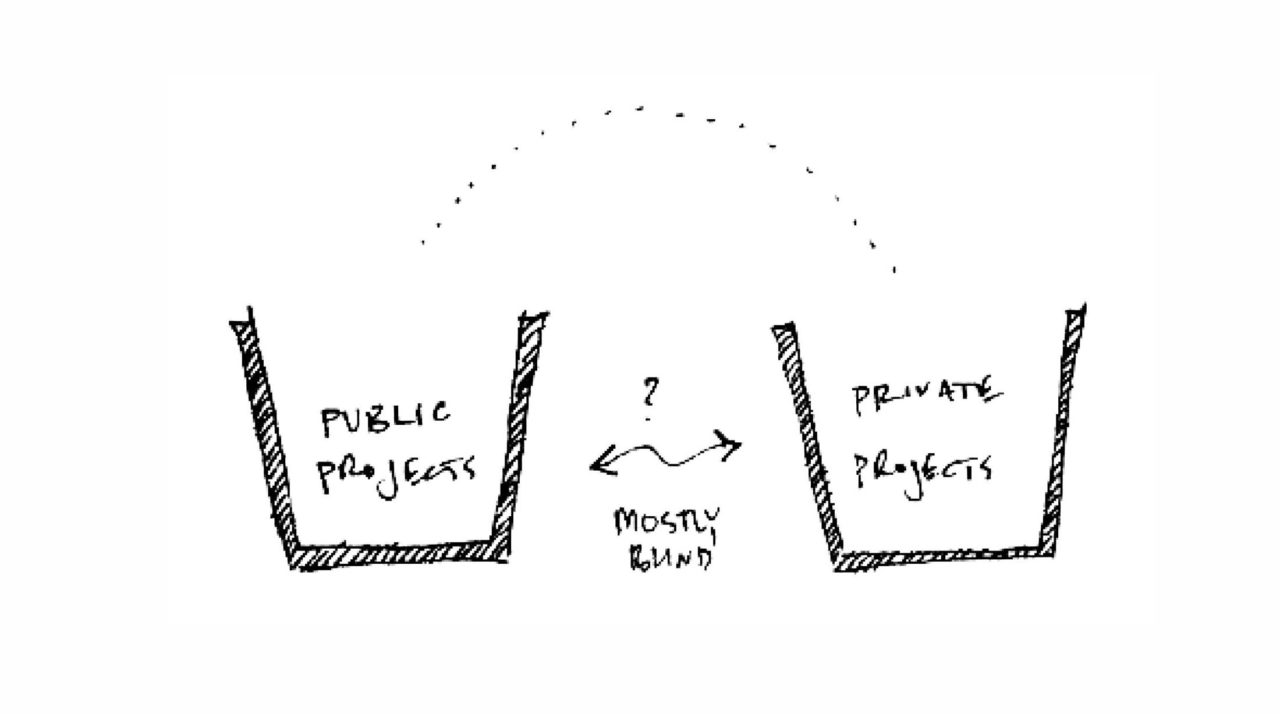-
December 17, 2018PROJECT NY: An Integrated Platform

PROJECT NY begins with a recognition of the City as the body of work of many authors—authors that, by and large, do not collaborate with each other directly.
New York City has always been a city of constant change, responsive to the demands of pulsating economic pressures. In contrast to ad hoc measures of reactive planning, PROJECT NY sees the City as an indivisible and evolving organism, where the interrelationships of infrastructure, property development, public process, and design must be coordinated to ensure a healthy future for urban life and the preservation of the public realm. If we consider a set of projects planned for New York, even the simple delineation of public versus private creates a potential obstacle for coordination.
In a sense, the projects in these distinct “silos” are virtually opaque to each other if no clear conduit is created specifically for communication. Further complicating multi-lateral planning, there are dozens of smaller agency silos within the public silo (silos within silos), and thousands of development companies and individual entrepreneurs within the private silo. Separated from each other, a myriad of projects are conceptualized, designed, and implemented with limited opportunity for interaction and integration with others—until, of course, they are built.
The spirit of the 2016 reboot of the Planning & Urban Design Committee and Jeffrey Raven’s “Salon” format was to begin to counter this myopia. PROJECT NY is the central initiative of the refashioned committee and was first conceived as a knowledge-sharing and advocacy platform to initiate a “meta-awareness” between individual projects in the City. As the venture developed from position paper to prototype, it became self-evident that the most appropriate technological foundation for the project was a mapping platform, where both urban design projects along with the data foundations and research that support said projects could be aggregated and represented beyond silos.
The PROJECT NY Leadership Team is actively pursuing start-up funding and development partners. Once secured, they will embark upon building the first edition of PROJECT NY platform.
Planning and Urban Design
The AIA New York Planning and Urban Design Committee is a platform for practitioners and communities to test innovative strategies and advocate for livable neighborhoods.







